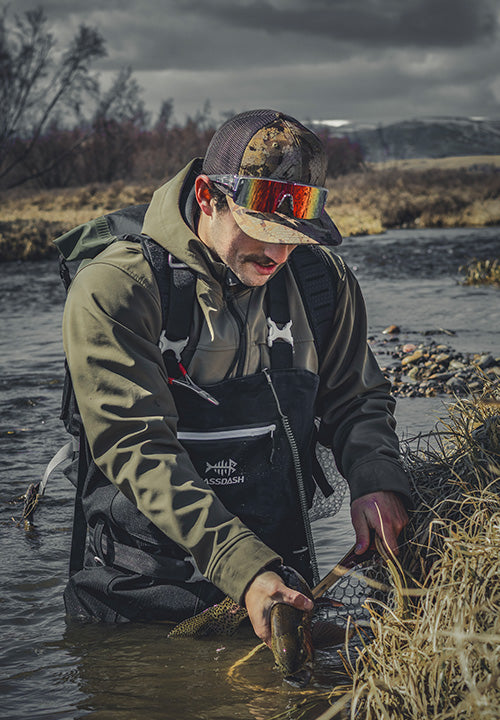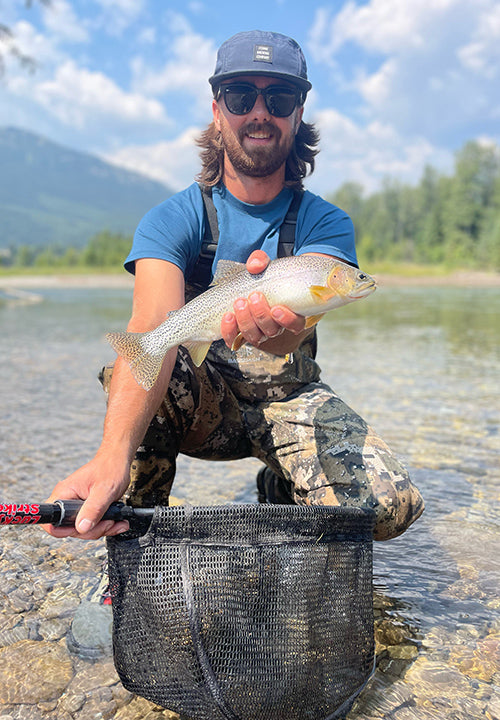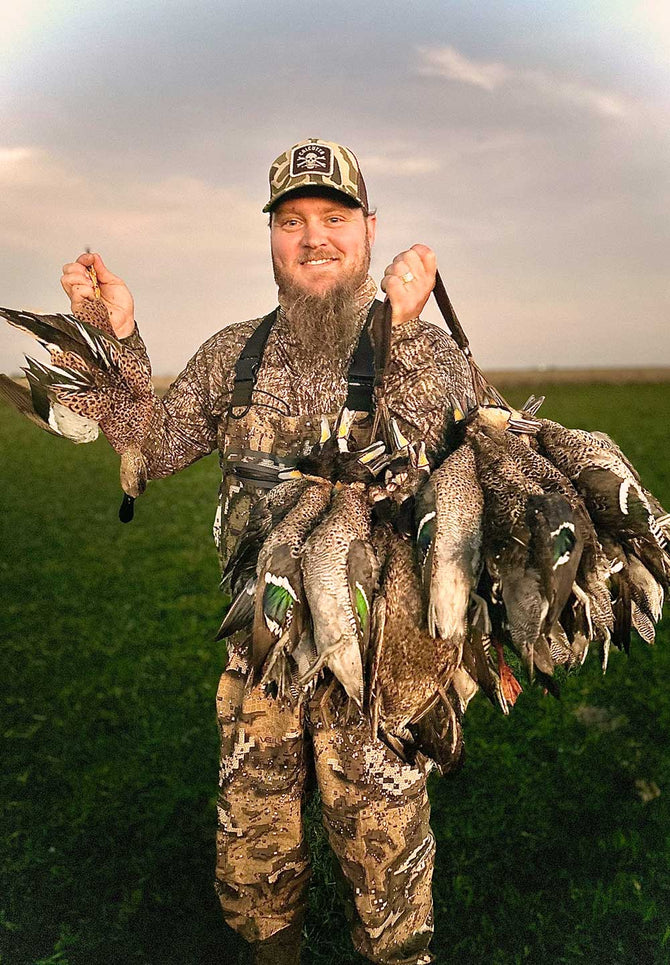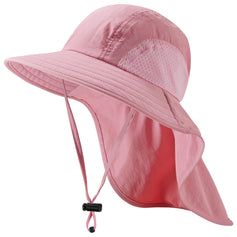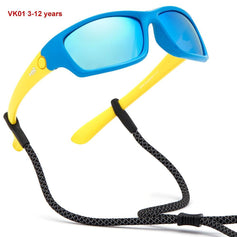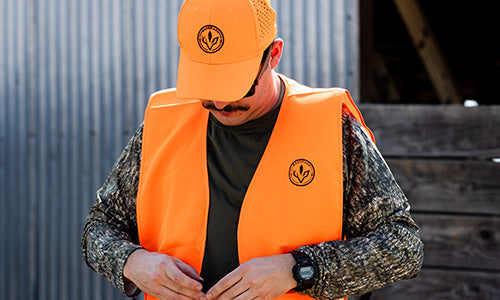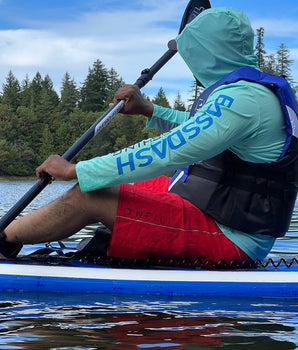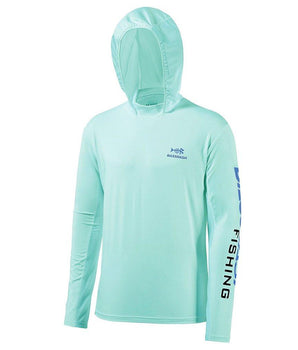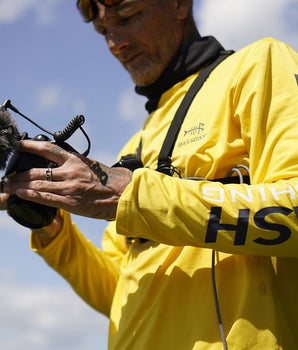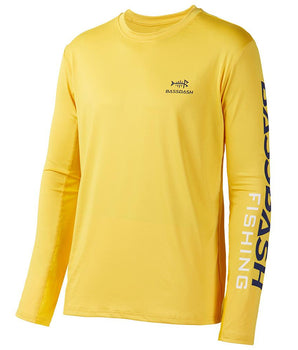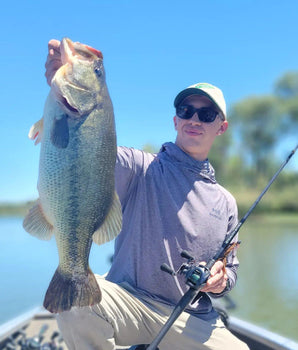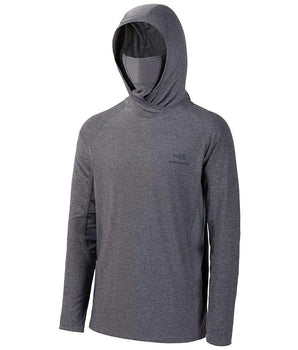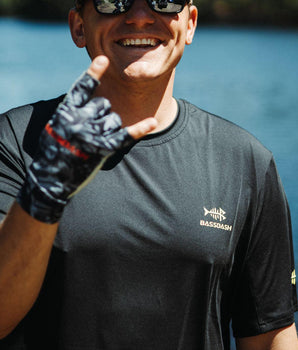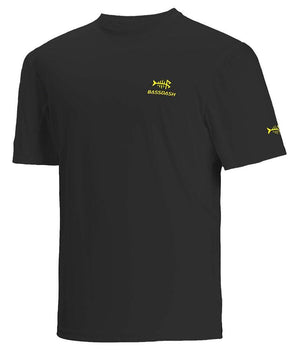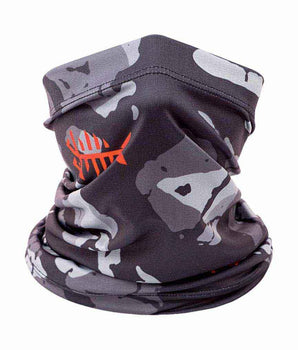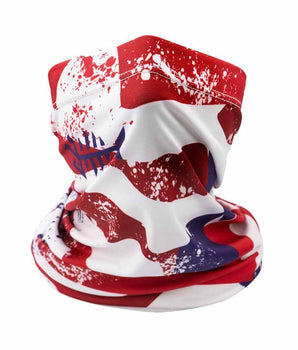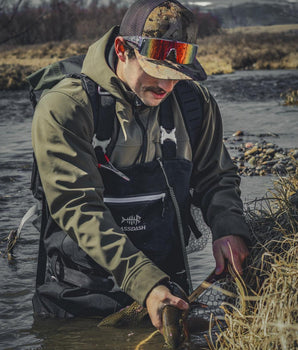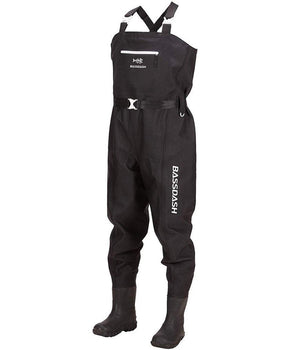Importance Of The Basic Cast
We’re going to spend a little bit of time talking about the basic cast. I know in a lot of these videos we talked about different types of mends, casting different distances, roll casts, and more. There’s one thing that even I overlooked quite a bit, and that’s the importance of the basic cast. When we’re making a cast with a fly rod, we’re making two casts – a back cast, and a forward cast. To make this basic cast, basically, we have to get this rod to do only 3 simple things, and then it’s going to work for us.
Bend That Fly Rod
The first thing we’re trying to get this rod to do is to bend. When that rod bends it’s loaded, basically it’s loaded with energy.
The next thing we’re trying to get this rod to do is come to a very abrupt stop. When this rod straightens back out and stops, that line is going to get sent forward. When we make a basic cast we’re trying to get it to bend and stop twice – once behind us, and then once again in front of us.
Rod Tip Travels In Straightest Path
Now, I said there’s 3 jobs – the third thing we’re trying to get this fly rod to do, and more importantly, it’s that rod tip that I’m pointing right at the camera. We’re trying to get that rod tip to travel in the straightest path possible. The straighter the path, the tighter the loop, and the straighter the cast. If I travel in an arch, that’s going to make that fly line travel in an arch. To get that good casting and that nice tight loop what we want to do is to bend that rod, we want to start with a smooth acceleration. We’re going to start with this rod tip nice and low. We’re going to start to pick this rod up using primarily my forearm, I’ve heard a lot of people say it’s all wrist and I don’t really care what you choose (wrist or forearm). What you want to do is get that smooth acceleration to that abrupt stop, that’s going to get that line to jump out behind you.
Smooth Backcast, Stop And Pause, Smooth Forward Cast
I start by making a smooth acceleration to that abrupt stop, pause, then a smooth acceleration to stop on the forward cast. When I make this cast I want to make sure I pause and wait for that line to rule out behind me. Once it just about straightens out, then I can flick it forward. If I don’t pause and wait, that’s when you’re going to hear that snap or crack, that pop right there that means you just broke off your fly, and flies about 2 bucks a piece so it can start adding up and get a little expensive. So make sure when you’re practicing your cast that you watch (your backcast). I can’t tell you how much I stress watching your backcast. That backcast is one of the most important steps to a good cast. I tell folks all the time it’s like driving a car, you can’t drive it until you start it. The backcast is like starting that car. We want to make that smooth acceleration to that abrupt stop, pause, smooth acceleration to that abrupt stop, and then we can lower that run back down.
Gripping The Fly Rod
When I hold this rod with my thumb on top in a nice relaxed grip, notice how the rod is in line with my forearm. I’m going to start very relaxed with that rod tip low. If we start with a rod tip up here, we’re almost halfway through the cast. So, make sure you start down nice and low. We’re going to pick that rod up, and make that smooth acceleration to that stop, then pause – smooth acceleration to that stop. On that forward cast, I like to see it around eye level, right about here, then we can lower that rod down.
Cast Height
Now, when you’re casting you can make this cast wherever you want – you can draw that straight line down low here, that’s going to help get that line out there, or you can draw that straight line up here, or we can even drop that straight line way up over our head and out in front, or over opposite shoulder. What I’m trying to do is make sure that rod stays in a straight path, straight back and straightforward. It’s actually two straight paths – the first one kind of looks like this rod if I’m making a cast up over my head it might be a little tilted up. The other straight path is a little bit harder to see. What we don’t want to do is curve. Here you can see that bend. We don’t want to curve around our body because any kind of curve around our body is going to send the fly line out in this direction, and this direction behind me. Being a right-handed caster, it will go out there and then around out there, and so that’s not going to make that nice tight loop and not a very accurate cast.
Basic Cast Overview
Just think, pick that rod up and make that smooth acceleration to a stop, pause for a second and allow that line to roll out. Then just before it straightens out, accelerate to a stop on the forward cast. Then we can lower that rod down. A little bit of forearm, a little bit of wrist, but not too much of either.

